Pseudotriton: Red and Mud Salamanders
By Richard D. Bartlett
The salamanders of the genus Pseudotriton are divided into two often difficult-to-differentiate groups. These are the red salamanders, P. ruber, and the mud salamanders, P. montanus. The oft-quoted difference in eye color - yellow on the red salamanders and dark on the mud salamanders - is not always definitive.
Collectively, the salamanders of this genus may be encountered from southern New York to the central Gulf Coast. They are somewhat stocky, with fair girth and moderate size (to about 5 inches). Breeding may occur throughout the warmer months of the year, but egg deposition seems to occur in the autumn and winter months. Incubation averages 3+ months. The eggs number about 25 (occasionally to more than 150) and are deposited singly. They are usually suspended from roots or rocks in cavities or in undercut banks, in seeps and rills. Females often remain in attendance of the clutch.
The red salamanders are often associated with the environs of clear, rocky, streams. They hide beneath rocks and packed leaves. The mud salamanders are rather appropriately named, being denizens of muddy areas into which they may easily burrow. Mud salamanders also frequent the burrows of crayfish.
Red and mud salamanders are quite cold tolerant and may be active in all but the coldest weather. In the Appalachians we have found a few red salamanders active in icicle-bedecked, cliff base rivulets. In the spring, when catkins emerge from pussy-willows, and even later when trilliums carpet damp woodland floors, these salamanders emerge from winter lairs and become truly active. It is then that you might find them at night foraging in damp, leaf-carpeted woodlands.
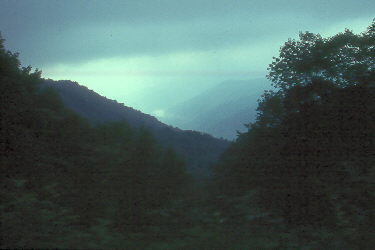 |
 |
| Appalachians (Smoky Mountains) | Winter |
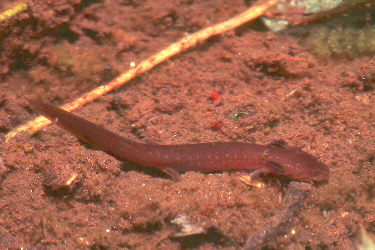 |
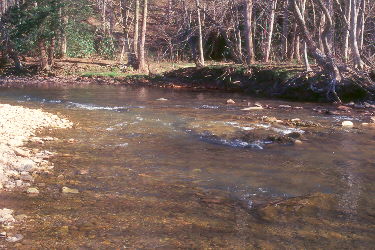 |
| Larval P. r. nitidus. Watauga County, NC. | Open stream |
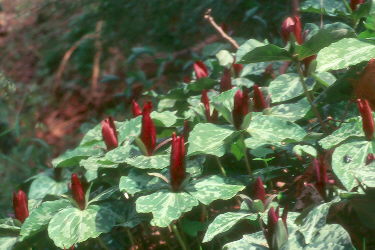 |
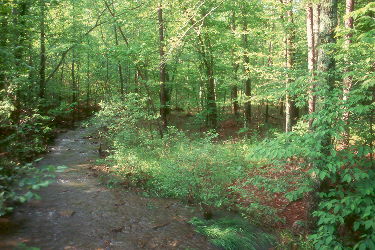 |
| Trilliums | Woodland stream |
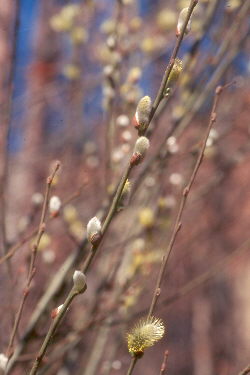 |
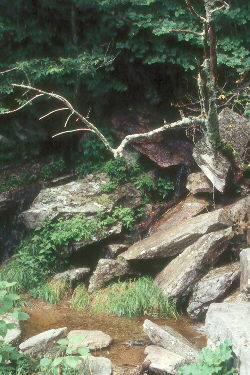 |
| Pussy willows | Rivulet |
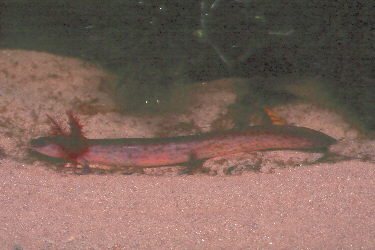 |
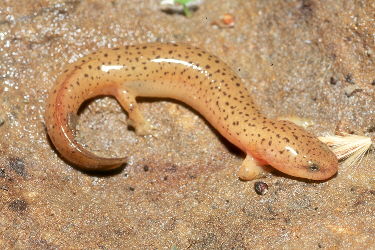 |
| Larval P. m. montanus. Watauga County, NC. | P. r. ruber. Cuyahoga County, OH. |
The larvae of all races of these salamanders are aquatic. They are quite dark but may have a vague reddish tint. Newly metamorphosed individuals are often yellowish, but with growth this soon gives way to a variable red. Subadult examples are the most brightly colored.
The northernmost of the forms is the northern red salamander (P. r. ruber). The southern red salamander (P. r. vioscai) is the southernmost of the red salamander group. It is found in wet ravine bottoms as far south as northern Florida. The eastern mud salamander (P. m. montanus) is found from central New Jersey southward to northeastern Georgia. The rusty (P. m. floridanus) and the Gulf coast mud salamanders (P. m. flavissimus) range southward to central Florida and eastern to the Gulf Coast respectively. The black-chinned red salamander (P. r. schencki) and the Blue ridge red salamander (P. r. nitidus) occur in Applachia. The brightest of the mud salamanders is the midland race (P. m. diastictus).
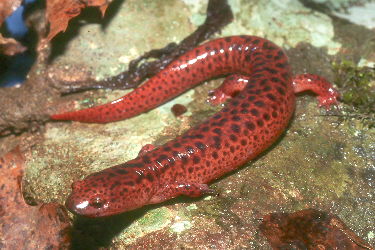 |
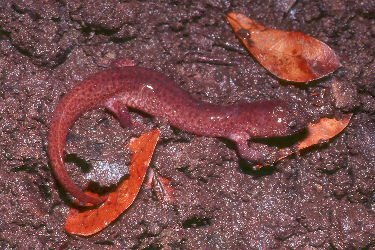 |
| P. r. ruber. Harlan County, KY. | P. r. vioscai. Liberty County, FL. |
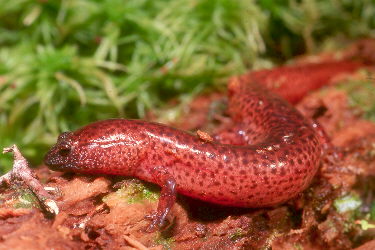 |
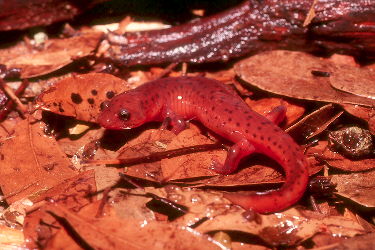 |
| P. r. vioscai. Liberty County, FL. | P. m. montanus. Watauga County, NC. |
 |
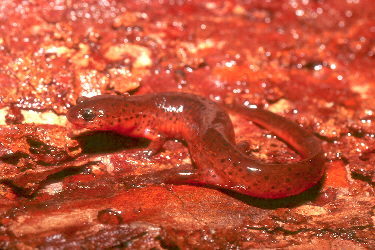 |
| P. m. floridanus. Carlton County, GA. | P. m. flavissimus. Bryan County, GA. |
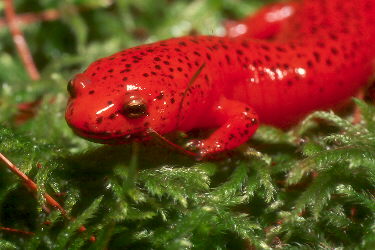 |
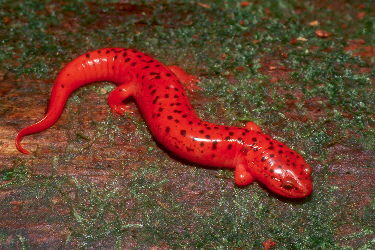 |
| P. r. schencki. Cherokee County, NC. | P. r. nitidus. Watauga County, NC. |
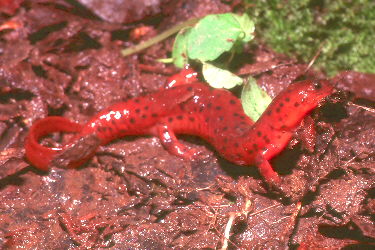 |
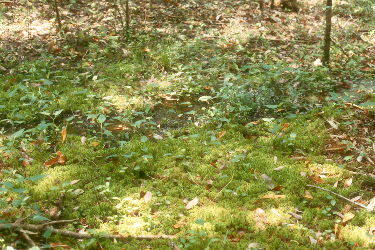 |
| P. m. diastictus. Bullitt County, KY. | Ravine |
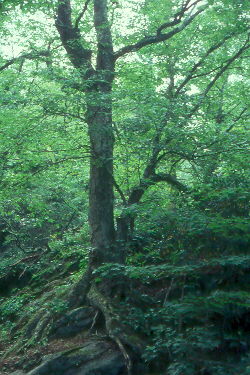 |
 |
| Summer rocky woodland | Autumn woodland |
 |
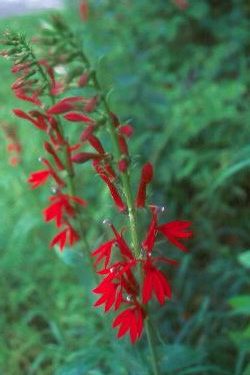 |
| Waterfall | Cardinal flower |
Of all salamanders, seeing one of these creatures in a flower draped summer woodland or amidst falling colorful autumn leaves, is a never to be forgotten occurrence.
© Richard D. Bartlett 2003
